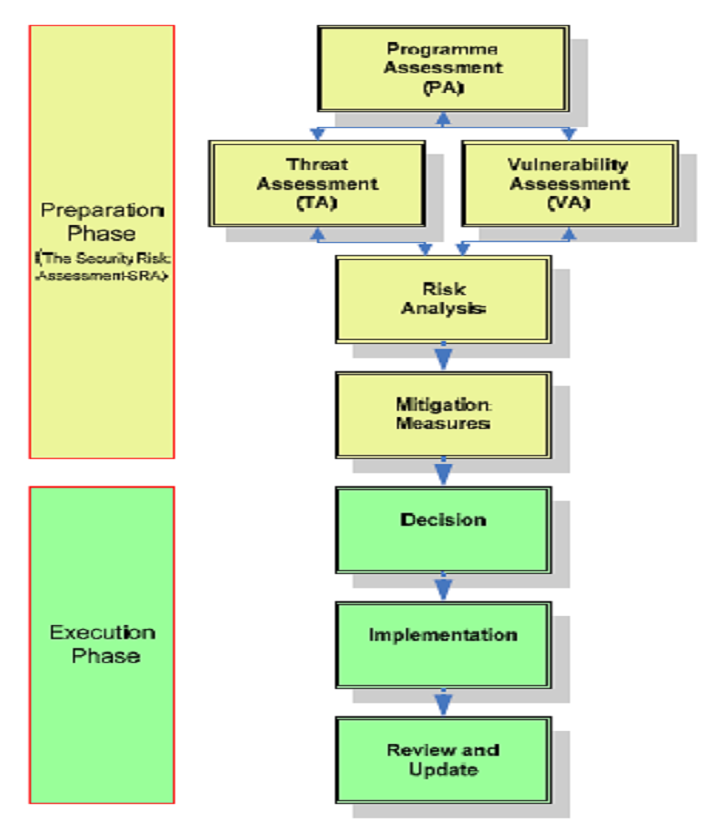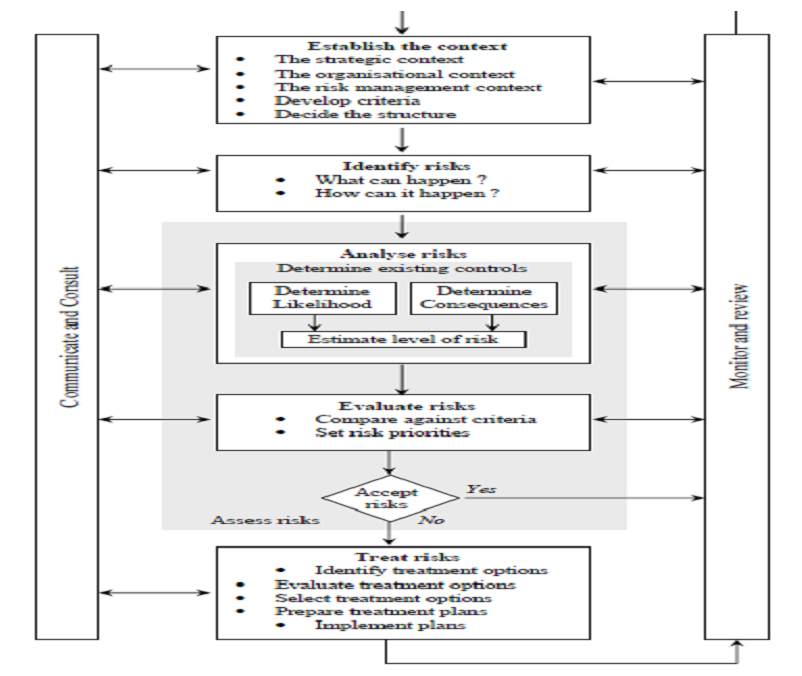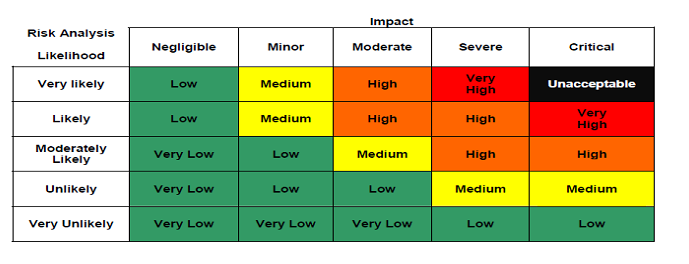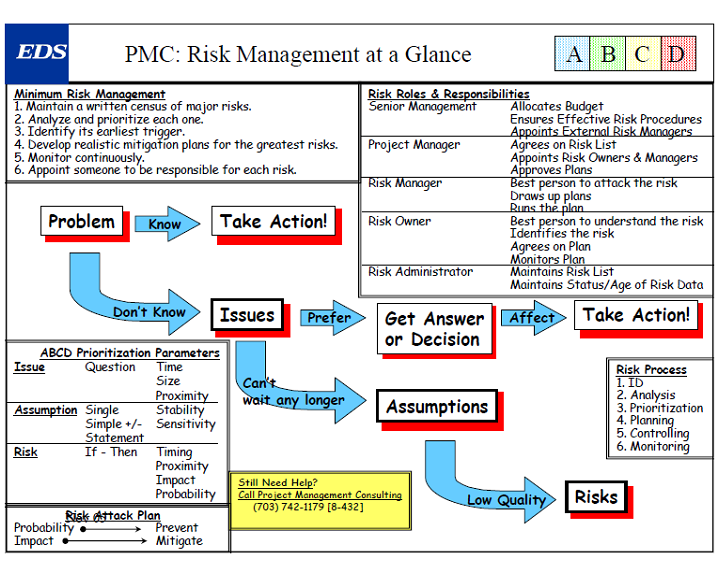 All papers examples
All papers examples
Disciplines

- MLA
- APA
- Master's
- Undergraduate
- High School
- PhD
- Harvard
- Biology
- Art
- Drama
- Movies
- Theatre
- Painting
- Music
- Architecture
- Dance
- Design
- History
- American History
- Asian History
- Literature
- Antique Literature
- American Literature
- Asian Literature
- Classic English Literature
- World Literature
- Creative Writing
- English
- Linguistics
- Law
- Criminal Justice
- Legal Issues
- Ethics
- Philosophy
- Religion
- Theology
- Anthropology
- Archaeology
- Economics
- Tourism
- Political Science
- World Affairs
- Psychology
- Sociology
- African-American Studies
- East European Studies
- Latin-American Studies
- Native-American Studies
- West European Studies
- Family and Consumer Science
- Social Issues
- Women and Gender Studies
- Social Work
- Natural Sciences
- Anatomy
- Zoology
- Ecology
- Chemistry
- Pharmacology
- Earth science
- Geography
- Geology
- Astronomy
- Physics
- Agriculture
- Agricultural Studies
- Computer Science
- Internet
- IT Management
- Web Design
- Mathematics
- Business
- Accounting
- Finance
- Investments
- Logistics
- Trade
- Management
- Marketing
- Engineering and Technology
- Engineering
- Technology
- Aeronautics
- Aviation
- Medicine and Health
- Alternative Medicine
- Healthcare
- Nursing
- Nutrition
- Communications and Media
- Advertising
- Communication Strategies
- Journalism
- Public Relations
- Education
- Educational Theories
- Pedagogy
- Teacher's Career
- Statistics
- Chicago/Turabian
- Nature
- Company Analysis
- Sport
- Paintings
- E-commerce
- Holocaust
- Education Theories
- Fashion
- Shakespeare
- Canadian Studies
- Science
- Food Safety
- Relation of Global Warming and Extreme Weather Condition
Paper Types

- Movie Review
- Essay
- Admission Essay
- Annotated Bibliography
- Application Essay
- Article Critique
- Article Review
- Article Writing
- Assessment
- Book Review
- Business Plan
- Business Proposal
- Capstone Project
- Case Study
- Coursework
- Cover Letter
- Creative Essay
- Dissertation
- Dissertation - Abstract
- Dissertation - Conclusion
- Dissertation - Discussion
- Dissertation - Hypothesis
- Dissertation - Introduction
- Dissertation - Literature
- Dissertation - Methodology
- Dissertation - Results
- GCSE Coursework
- Grant Proposal
- Admission Essay
- Annotated Bibliography
- Application Essay
- Article
- Article Critique
- Article Review
- Article Writing
- Assessment
- Book Review
- Business Plan
- Business Proposal
- Capstone Project
- Case Study
- Coursework
- Cover Letter
- Creative Essay
- Dissertation
- Dissertation - Abstract
- Dissertation - Conclusion
- Dissertation - Discussion
- Dissertation - Hypothesis
- Dissertation - Introduction
- Dissertation - Literature
- Dissertation - Methodology
- Dissertation - Results
- Essay
- GCSE Coursework
- Grant Proposal
- Interview
- Lab Report
- Literature Review
- Marketing Plan
- Math Problem
- Movie Analysis
- Movie Review
- Multiple Choice Quiz
- Online Quiz
- Outline
- Personal Statement
- Poem
- Power Point Presentation
- Power Point Presentation With Speaker Notes
- Questionnaire
- Quiz
- Reaction Paper
- Research Paper
- Research Proposal
- Resume
- Speech
- Statistics problem
- SWOT analysis
- Term Paper
- Thesis Paper
- Accounting
- Advertising
- Aeronautics
- African-American Studies
- Agricultural Studies
- Agriculture
- Alternative Medicine
- American History
- American Literature
- Anatomy
- Anthropology
- Antique Literature
- APA
- Archaeology
- Architecture
- Art
- Asian History
- Asian Literature
- Astronomy
- Aviation
- Biology
- Business
- Canadian Studies
- Chemistry
- Chicago/Turabian
- Classic English Literature
- Communication Strategies
- Communications and Media
- Company Analysis
- Computer Science
- Creative Writing
- Criminal Justice
- Dance
- Design
- Drama
- E-commerce
- Earth science
- East European Studies
- Ecology
- Economics
- Education
- Education Theories
- Educational Theories
- Engineering
- Engineering and Technology
- English
- Ethics
- Family and Consumer Science
- Fashion
- Finance
- Food Safety
- Geography
- Geology
- Harvard
- Healthcare
- High School
- History
- Holocaust
- Internet
- Investments
- IT Management
- Journalism
- Latin-American Studies
- Law
- Legal Issues
- Linguistics
- Literature
- Logistics
- Management
- Marketing
- Master's
- Mathematics
- Medicine and Health
- MLA
- Movies
- Music
- Native-American Studies
- Natural Sciences
- Nature
- Nursing
- Nutrition
- Painting
- Paintings
- Pedagogy
- Pharmacology
- PhD
- Philosophy
- Physics
- Political Science
- Psychology
- Public Relations
- Relation of Global Warming and Extreme Weather Condition
- Religion
- Science
- Shakespeare
- Social Issues
- Social Work
- Sociology
- Sport
- Statistics
- Teacher's Career
- Technology
- Theatre
- Theology
- Tourism
- Trade
- Undergraduate
- Web Design
- West European Studies
- Women and Gender Studies
- World Affairs
- World Literature
- Zoology
Opportunity or Risk Management Process, Assessment Example
Hire a Writer for Custom Assessment
Use 10% Off Discount: "custom10" in 1 Click 👇
You are free to use it as an inspiration or a source for your own work.

Introduction
Project risk management is a necessary preliminary process in which the potential risks associated with a job or maneuver are identified and analyzed so that response strategies can be devised to minimize the damages should problems arise (Fan, Lin, & Sheu, 2008). Risk management and assessment is also performed to enable project managers to reduce the likelihood of negative outcomes as well as the magnitude of their negative impact by removing the potential risk factors identified through the assessment process and thereby eliminating the bad outcome all together (Fan, Lin, & Sheu, 2008). Numerous distinctive approaches to project risk management have emerged since its conceptual birth in the 1950s, including construction decomposition, functional decomposition, class or object decomposition, and several other methods that help to identify the organizational infrastructure (Muller, 2011; Perminova, Gustafsson, & Wikström, 2007). Identification of the best risk assessment method is essential in order to ensure the best outcomes through an accurate evaluation of the case scenario and this analysis will model a two phase plan to calculate and manage risk. This discourse will examine the process of risk management applied to a kitchen remodeling project through a summarization of the process, identifying each method for setting expectations, identifying risks, planning a response to risks, risk monitoring and controlling, mitigation or opportunity responses, and project review methods to be employed using a qualitative examination of current standards.
Project Management Model
Risk management has become a key part of corporate strategy, even for government-owned and funded corporations and, in a kitchen remodeling project, the risk analysis process will need to account for external as well as project related risk situations. Within the field of risk management, there are many considerations that must be considered in conjunction with estimating the feasibility of a project, including available resources, recycling costs, maintenance, project costs, staff performance and behavior, allocation of resources, factoring out shareable implementations, classify the equipment needs, key and base technology, integrating concepts, start up, shutdown, safety, exception handling, persistency, resource management, and many other aspects related to the job (Olsson, 2007). Risk management must also include ensuring the security of any and all client and personnel information, which avoids this information becoming accessible to any unauthorized persons, in or outside the company. Adeptly implemented, risk management can incorporate procedures that would avoid negligent actions by anticipating them and taking whatever measures necessary to avoid them altogether, which protects the company assets, including the reputation of the company, and aligns with practices of good corporate governance. Such practices may also keep the company in alignment with regulatory procedures and protocols established by the governing bodies of the state as well as the company heads.
The methodology of systematic project management and organization with special emphasis on effective planning, communication, and evaluation implores methods to achieve desired outcomes through the risk management process are necessary for proper implementation of the model. The purpose of using a strategy is to nullify any potential threats and to minimize risks, primarily in the area of cost management, while exploiting every opportunity to make the project successful. Threats consist of any factors, actions, circumstances, or events that can potentially or possibly to cause harm, loss or damage to the company or project, including its personnel, assets and operations. Risk is an uncertain event or condition that, if it occurs, has a positive or negative effect on at least one project objective, such as time, cost, scope or quality and include the combination of the impact and likelihood for harm, loss or damage to the company or project from the exposure to threats, which are categorized in levels from very low to very high for their prioritization. This two phase model (see Figure 1) consists of the Preparation and Execution phases, each of which consist of several steps that are necessary in order to ensure proper preparations and precautions are taken to successfully complete the project.
Figure 1: Two Phase Model for Risk Assessment and Management

The Preparation Phase is the initial stage of the risk management procedure and includes the security risk assessment. This phase has several different steps, which are program assessment, threat and vulnerability assessments, the risk analysis, and mitigation measures. The execution phase is the second and final phase of this process and is also a multi-step program that includes decision-making, implementation, and a review and updating interval. During the first stage of the preparation phase, which is program assessment, the program manager defines the goals and objectives of the project, reviews the justification for program activities, also called the program criticality, and identifies elements of the program which may require additional security or support (Muller, 2011). As these elements are identified, the program manager must also use this opportunity to make sure the project is time, cost, and resource-effective and that the project will improve the employer’s overall position (Jugdev & Thomas, 2002).
As previously determined, threats include any circumstances that could potentially jeopardize the success of the kitchen remodel and a vulnerability assessment incorporates the collection and deduction of relevant information (Cooke-Davies, & Arzymanowc, 2003). They provide the essential information required to determinate threats to the project and their associated risks and the sum of the three assessments provides a clear description of the operational context of the kitchen remodeling (Jugdev & Thomas, 2002). Risk analysis requires that decisions on current risk levels for each specific threat are made based on the deductions provided from the assessments and are determined by the impact and likelihood of the event. Managerial concern about the organization’s vulnerability to problematic occurrences is a function of analysis of a number of relevant factors, including the risk inherent in the construction industry, the extent of the effort already taken to control these risks, and the individual factors such as awareness of previous constructs, the backgrounds of all the contract employees in similar work and other important details associated with the project (Straub & Welke, 1998). The project manager has to know every aspect of every factor that might occur within the course of the kitchen remodel and compensate for these contingencies, including weather, sick employees, equipment failure, loss of materials, and other things that may cause delays. The project manager has to be able to successfully establish what the context of these contingencies are (see Figure 2), identify which aspects pose a risk and which aspects may present opportunities for positive gain, analyze the risks in order to create controls, evaluate the risks that cannot be controlled to determine if they are acceptable, and treat the risks that present themselves in order to proceed with the project.
Figure 2: Risk Management Process Diagram

(Risk management, 2004)
In addition to these countermeasures, the project manager must devise and adopt strategies to reduce risk to the project in four distinct, sequential activities, which are deterrence, prevention, detection, and recovery (Straub & Welke, 1998). These measures should be aimed at accumulating knowledge to facilitate the management of any uncertainty by providing a basis for effective reflective processes, which in turn helps to diminish ambiguity by interpreting it as known risks and opportunities (Perminova, Gustafsson, & Wikström, 2007). The main danger in this respect is that the acquired knowledge will be lost after the project has finished. By standardizing and modularizing processes and procedures, making the gained experiences easily accessible within the project team, there is a greater preparedness to be more flexible in accordance to the various situations occurring (Perminova, Gustafsson, & Wikström, 2007). In this respect, risk management measures can only be identified after all available information and actions have been gathered, analyzed, and incorporated so that the project manager can present the information to the employer for approval, rating each threat according to a modulated scale (see Figure 3) (Straub & Welke, 1998). When presenting such a report, the project manager must ensure that all measures presented are logical, feasible, and relevant, showing their ability to think outside the box, and use creativity, experience, and judgment in their productions (Straub & Welke, 1998).
Figure 3: Risk Analysis Threat Likelihood & Impact Scale

The execution phase consists of the decision-making process, the implementation stage, and the review and updates juncture. During the decision-making process, the employer must select and approve the risk management measures to reduce the current risk levels associated with completion of the project. The implementation phase typically will run concurrent with the decision-making process because the implementation plan consists of choosing the risk management measures that will be applied during the remodeling of the kitchen. Although it is sometimes overlooked, this step is a critical element in the management of risk factors. The project manager must make sure that the risk management measures are budgeted and implemented in accordance with the plan for completion of the project.
Additionally, the project manager has to make sure that the measures are sufficient and the project is proceeding according to schedule. In order to do this, the project manager has to conduct a review of the progress being made at periodic intervals to ensure quality and update the risk measures according to the requirements of the project. Continuous monitoring of the security environment, the work environment, the project budget, and multiple other aspects related to the completion of the project. As new information is received and analyzed, the risk level may change for each threat affecting the risk management measures employed and each threat should be assessed independently so that the precautionary measures can be adjusted accordingly. Within the review and update stage, the process includes initiating, planning, executing, controlling, and closing.
The initiating determines whether a project is feasible, a project manager is selected, and the project charter is created (Philips, 2008). As the next step, the planning juncture is when the employer and the project manager they plan how the project should go and is an iterative process that allows the project managers and the project team to revisit decisions as needed (Philips, 2008). Executing is the implementation process and the controlling phase ensures that the project team is completing the work according to the designated plan (Philips, 2008). The closing process occurs when the work is completed according to the employer’s, the deliverables have been verified, the project finances have been closed out, team reports have been logged, and all other aspects of the job have been successfully accomplished (Philips, 2008).
Conclusion
Identification of the best risk assessment method is vital to the insurance of the best possible project outcomes through an accurate evaluation of the case scenario and this analysis has demonstrated a two phase plan to calculate and manage risk for completing a kitchen remodeling project. When properly implemented, the risk management process should be sufficient for handling and managing opportunities and risks in order to productively carry out a project since the outcome of how well one can plan, execute and control the tasks, and how well one can manage the relationships with all the stakeholders involved with the project are determining factors to the fruitfulness of the efforts and finances expended (Olsson, 2007).
References
Cooke-Davies, T.J. & Arzymanowc, A. (2003). The maturity of project management in different industries: An investigation into variations between project management models. International Journal of Project Management, 21, pp.471–478. Retrieved from http://www.cs.joensuu.fi/pages/tenhunen/projhall/pm-maturity.pdf
Fan, M. Lin, N.P. Sheu, C. (2008). Choosing a project risk-handling strategy: An analytical model. International Journal of Production Economics, 112, pp.700-713.
Judgev K. & Thomas, J. (Dec 2002). Project management maturity models: The silver bullets of competitive advantage. Project Management Journal, 33, pp.4-14, ABI/INFORM Global. Retrieved from http://www.imamu.edu.sa/Data/abstract/management/pm/Project%20management%20maturity%20models%20-%20The%20silver%20bullets%20of%20competitive%20advantage.pdf
Muller, G. (2011, July 1). The conceptual view version: 0.7. Embedded Systems Institute Den Dolech 2 (Laplace Building 0.10) P.O. Box 513, 5600 MB Eindhoven The Netherlands. Retrieved from http://www.gaudisite.nl/thesisbook.pdf
Olsson, R. (2007, November). In search of opportunity management: Is the risk management process enough? International Journal of Project Management, ScienceDirect.com, 25(8), pp.745–752.
Perminova, O., Gustafsson, M., & Wikström, K. (2008, January). Defining uncertainty in projects-a new perspective. European Academy of Management (EURAM 2007) Conference, International Journal of Project Management, 26(1), pp.73–79.
Phillips, J. (2008). Project management models, certifications and the pyramids. ProjectSmart.co.uk. Retrieved from http://www.projectsmart.co.uk/project-management-models-certifications-and-the-pyramids.html
Risk management. (2004). Australia/New Zealand Standard, 4360, pp.1-2
Straub. D.W. & Welke, R.J. (Dec., 1998). Coping with systems risk: Security planning models for management decision making. Management Information Systems Research Center, University of Minnesota, MIS Quarterly, 22(4), pp.441-469. http://www.jstor.org/stable/249551.pdf
Appendix A
Risk Management Checklist Model


Stuck with your Assessment?
Get in touch with one of our experts for instant help!
Tags:

Time is precious
don’t waste it!
writing help!


Plagiarism-free
guarantee

Privacy
guarantee

Secure
checkout

Money back
guarantee

